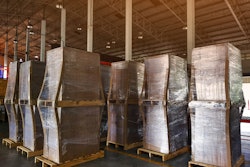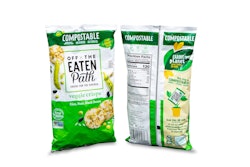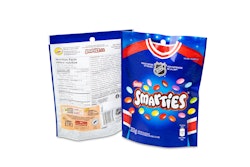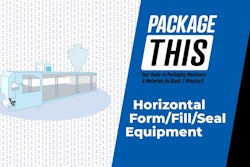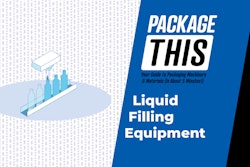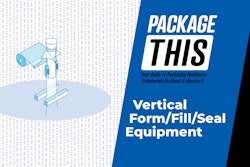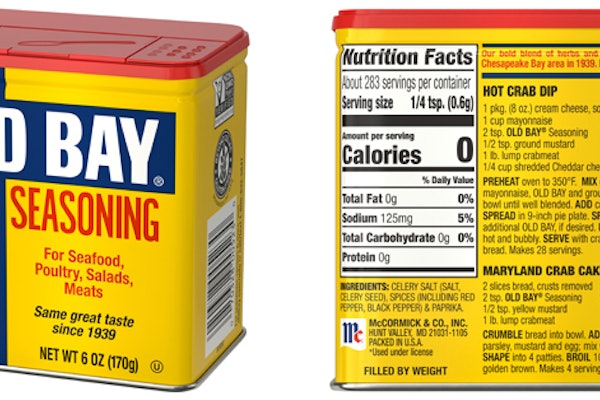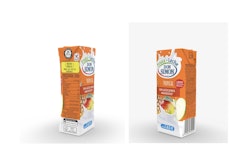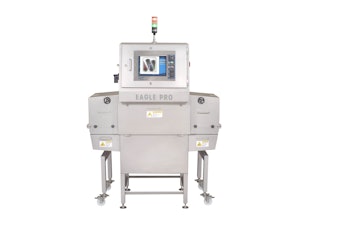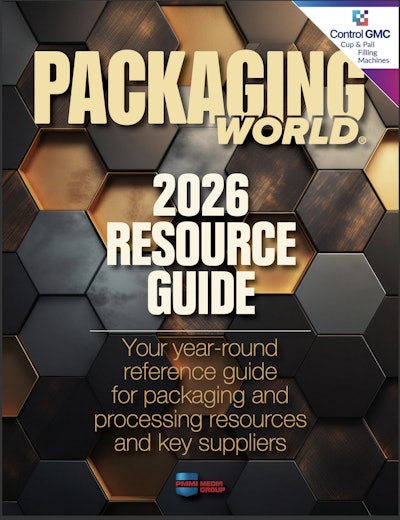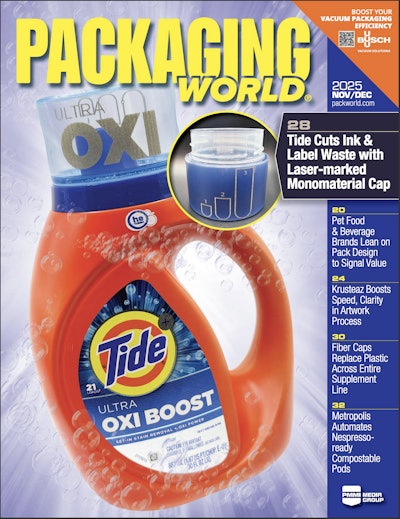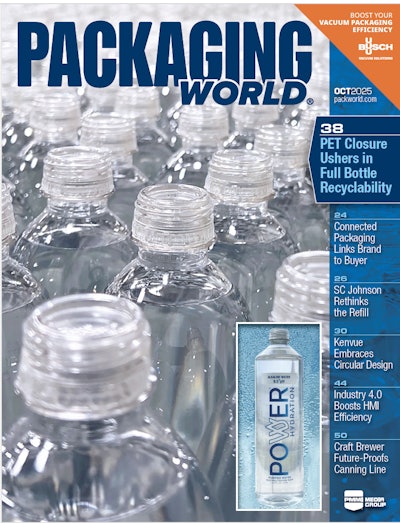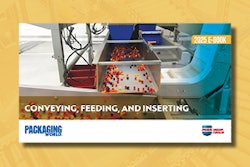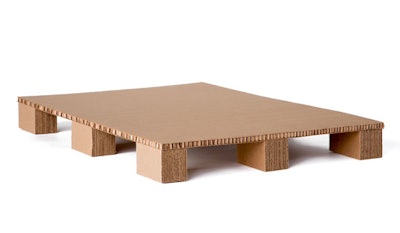
Let’s knock on wood, and cite shortcomings of wood pallets that afford other material formats niche opportunities.
Plastic. An ever-ready criticism of plastic pallets is that they are sourced from non-renewable petroleum. The counter-defense is that they are recyclable. The recycling is straightforward, given that only one material, HDPE, is involved. Furthermore, HDPE can be repeatedly recycled without degradation of its properties.
Once the sustainability issue is addressed, promoters of plastic pallets are quick to recite a list of advantages over wood. One is that it weighs less, which benefits transportation costs in addition to facilitating manual handling. Despite being lighter weight, plastic pallets are durable and have considerable load-bearing capacity. They are less likely to cause damage to loads (or their handlers) because they have neither splinters nor fasteners (nails, screws, staplers). They can be delivered having been cleaned by steam or waterjet, making them attractive to such industries as food & beverage, pharmaceutical & medicine, or cosmetics, etc.
On the debit side, the injection molded unibody construction of plastic pallets does not accommodate simple, part-replacement repairs. Such construction, however, with its tighter dimensional tolerances, benefits automated palletizing and automated warehousing operations.
And then there’s price; plastic pallets are substantively more expensive. Their initial outlay only makes financial sense if plastic pallets are used for multiple trips. That level of management and retention means that plastic pallets are best suited either for a user’s closed-loop system or a rental pool. As for the latter, the largest player in the U.S. is iGPS, with its ability to incorporate RFID tags onto the pallets for tracking and tracing.
The biggest boon to plastic pallet rentals has been their acceptance by major retailers, including big-box stores. Retailers are enamored of not having to contend with piles of empty pallets, since they are hauled away by the pool owners. Another appeal is aesthetics; plastic pallets present better, especially in sell-from-pallet displays. As much as smaller brands may want to ride the plastic pallets train, they might not qualify for a ticket. That’s because there is a threshold annual quantity before renting becomes financially feasible, said to be around 10,000 pallets.
Paper. The constructions vary, including corrugated, solid fiberboard, honeycomb, and molded pulp. Some are of virgin fibers, others incorporate recycled and waste materials. Some are stackable, others nestable. Being paper, however, all are hygroscopic, subject to absorbing moisture from the atmosphere. Even more of a concern, if paper pallets get outright wet, say from water, their performance becomes unreliable. Although indoor storage might seem a simple solution, it comes at the opportunity cost of not being able to use the space for other purposes.


